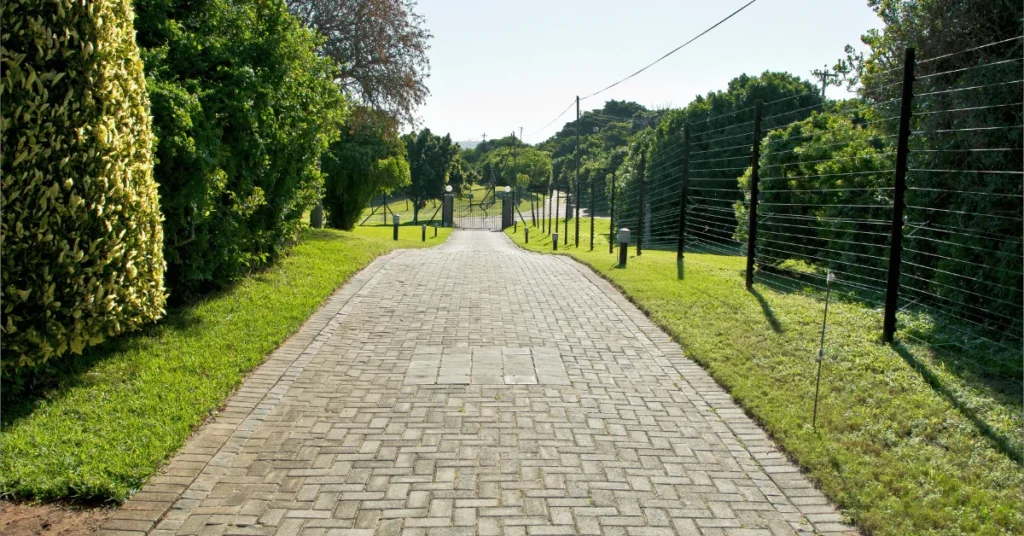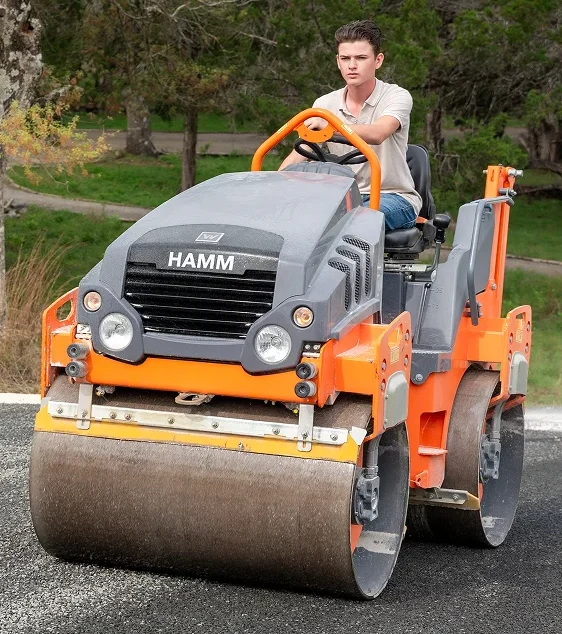Asphalt pavement remains a cost-effective and durable choice for driveways, roads, and parking lots throughout Bulverde and South Texas. However, constant exposure to sunlight, traffic, and moisture leads to gradual wear and tear. Over time, asphalt surfaces develop cracks, potholes, and deterioration that require timely asphalt repair.
Choosing the correct repair method can extend the lifespan of your pavement, reduce long-term costs, and enhance safety. Whether you’re dealing with minor cracks or need full-depth solutions, understanding the most effective asphalt repair techniques helps in making the right call.
At C. Brooks Paving, we bring four generations of expert asphalt repair to every job. Here’s an overview of the most common asphalt repair methods, when to use them, and how to keep your asphalt pavement in peak condition.
Why Asphalt Pavement Deteriorates
Several common causes lead to damage in your asphalt surface:
- UV rays from Texas sun dry out the asphalt mix, making it brittle and prone to cracks.
- Standing water weakens the subgrade by seeping into cracks and breaking the bond between layers.
- Heavy traffic from vehicles causes wear and tear, leading to surface damage and potholes.
- Poor drainage or improper installation of asphalt paving can cause the pavement system to fail prematurely.
- Aging surfaces gradually break down due to oxidation and loss of flexibility.
Types of Asphalt Repair Techniques
Pothole Repair and Patching
Best for: Isolated potholes, deep holes, or small damaged areas in parking lots, driveways, and roads.
One of the most common asphalt repair tasks, pothole patching involves cleaning the damaged area and applying a patch using either cold or hot mix asphalt.
Repairing asphalt this way includes:
- Throw-and-roll patch: A quick fix, ideal for temporary relief.
- Semi-permanent patch: Involves cleaning, crack sealing, applying tack coat, hot asphalt mix, and compacting.
Surface patching is suitable when subgrade is still stable and cracks have not reached the base.
Crack Sealing and Filling
Best for: Narrow cracks in the pavement, especially under ½ inch wide.
Cracks allow water and debris to enter, weakening the asphalt pavement foundation. Sealing cracks prevents structural failure and is key in asphalt maintenance.
Methods for repairing damaged asphalt cracks:
- Hot rubber crack sealing: Offers flexibility and durability.
- Cold pour sealants: Used for low-traffic areas or temporary repair.
Sealing cracks early reduces future costs and keeps the existing asphalt intact longer.

Infrared Asphalt Repair
Best for: Localized issues on asphalt surface without subgrade damage.
This method heats the asphalt layer with infrared rays, allowing old and new asphalt to blend seamlessly. It’s ideal for cosmetic repair and asphalt patching.
Advantages:
- Seamless appearance
- Reuses material from existing pavement
- Fast installation with minimal interruption
Used for driveway edges, commercial zones, or aesthetic touch-ups.
Milling and Resurfacing
Best for: Widespread surface deterioration but stable subgrade.
This asphalt repair technique removes the top layer of asphalt and applies a new asphalt layer. Known as milling and resurfacing, this method helps maintain proper pavement thickness and drainage.
Situations to apply:
- Widespread cracking
- Uneven road surface
- Surface deterioration from heavy traffic
Milling prepares the surface for a new layer of asphalt without a full-depth reconstruction.
Full-Depth Reclamation
Best for: Severe structural failure, soft spots, and base layer deterioration.
This repair method involves pulverizing the entire damaged pavement and existing pavement layers, mixing with stabilizers, and creating a new pavement system from the ground up.
Ideal when:
- Cracks form alligator patterns
- Pavement sinks in certain areas
- Road or driveway exceeds 20 years of service
This method produces a permanent repair suitable for high-use areas or neglected properties.
Sealcoating for Protection
Best for: Preventing deterioration and extending the lifespan of your pavement.
While not a direct asphalt repair, sealcoating protects the top layer of asphalt from UV rays, oil, and water.
Application frequency:
- Every 3–5 years for homes
- Every 2–3 years for parking lots or commercial use
Sealcoating keeps your asphalt surface looking new, helps retain flexibility, and improves resistance to weather conditions.

Choosing the Right Asphalt Repair Method
Not all repair jobs are equal. Here’s a quick reference table:
| Repair Method | Best For | Lifespan | Budget |
| Pothole Patching | Large potholes, deep holes | 1–2 years | Low |
| Crack Sealing | Fine cracks in asphalt | 3–7 years | Low |
| Infrared Asphalt Repair | Cosmetic damage, patching and sealing | 3–5 years | Medium |
| Milling and Resurfacing | Surface wear, poor drainage | 10–15 years | Medium-High |
| Full-Depth Reclamation | Base failure, entire pavement | 15–25 years | High |
| Sealcoating | Routine asphalt maintenance | 3–5 years | Low (Repeat) |
If unsure, get an expert opinion. At C. Brooks Paving, we provide free inspections and recommend the most cost-effective approach tailored to your property.
Our Asphalt Repair Process
We follow a proven, professional process for asphalt paving repair:
- Inspection and Cleaning: Identify the type of asphalt damage and prep the surface.
- Recommendation: Suggest the best repair method for cracks, potholes, or asphalt problems.
- Installation: Use high-quality hot mix asphalt or other materials as needed.
- Clean-up: Ensure job site is safe, clean, and ready for use.
Whether you’re dealing with asphalt removal, new asphalt installation, or regular sealing, our goal is long-term durability.
When to Call Expert Asphalt Repair Services
You should consider calling professionals if:
- Cracks are larger than ¼ inch and spreading.
- Standing water stays after rain, signaling base issues.
- You see repeated potholes or structural failure signs.
- Your surface hasn’t had maintenance in 10+ years.
- You need professional cleaning, repair, and installation advice.
We serve Bulverde, Boerne, Spring Branch, and surrounding areas with trustworthy pavement repair services.
FAQs
Q: 1 Can I seal alligator cracks?
A: No. These cracks suggest deep structural damage and require full-depth reclamation or removal and replacement.
Q: 2 How long does a patch last?
A: Temporary cold patch may last 1–2 years. Hot asphalt repair can last over 5 years if installed correctly.
Q: 3 Is sealcoating worth it?
A: Yes. It adds a layer of protection, slows down deterioration, and is a smart part of long-term pavement maintenance.





